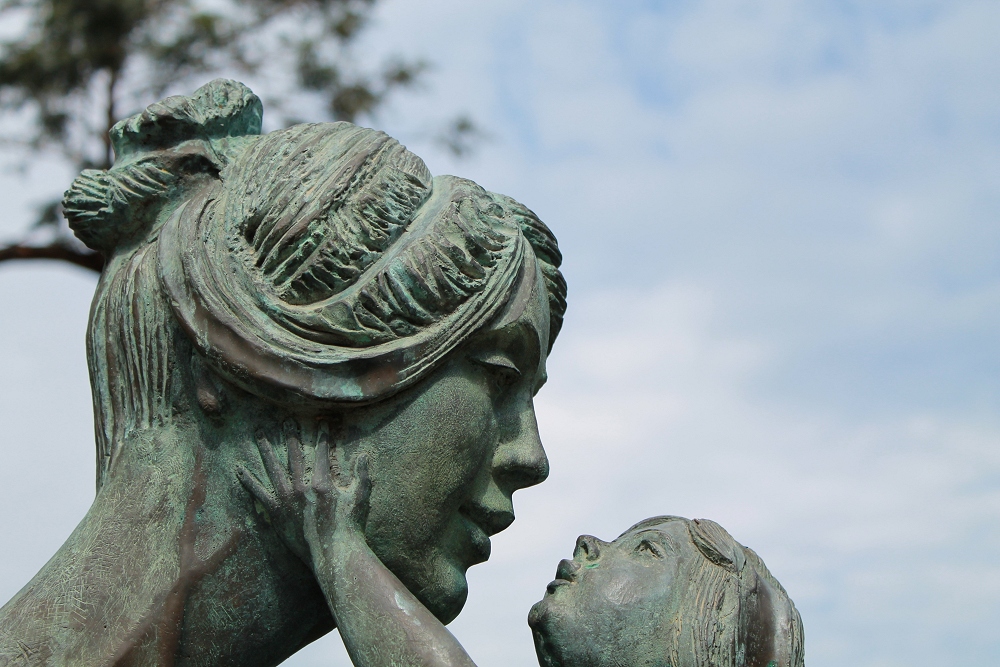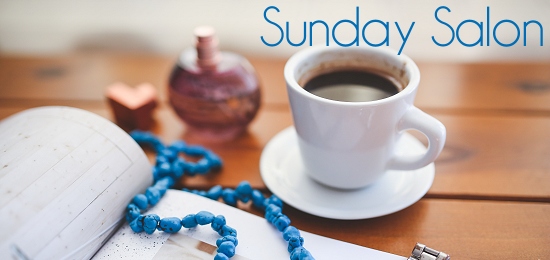
A few years ago the small office I worked in went through a period of transition and downsizing. Those of us who had been around for a while were asked to take on more responsibilities to fill in the gaps. In particular, one of my colleagues seemed to end up with a task in every department, from marketing to IT, from human relations to account collection. We kidded her about all the “hats” she wore around the office; for Christmas that year I bought her a box full of hats, each labeled with a company business card denoting her varied positions.
 She was philosophical about the whole thing, and though sometimes I’m sure it was extremely stressful, juggling all those different roles and responsibilities, she eventually developed the skills she acquired into a much better position at a larger company.
She was philosophical about the whole thing, and though sometimes I’m sure it was extremely stressful, juggling all those different roles and responsibilities, she eventually developed the skills she acquired into a much better position at a larger company.
Truthfully, we all wear a multitude of hats in our daily lives. For people who embrace their creative natures, sometimes the roles we’re required to play might seem restrictive – we may even feel stifled and frustrated, trapped in tasks that seem completely opposite of the work we’ve been “called” to do. But if we look closely, there may be ways to express that side of ourselves, even amidst those roles that seem far from creative.
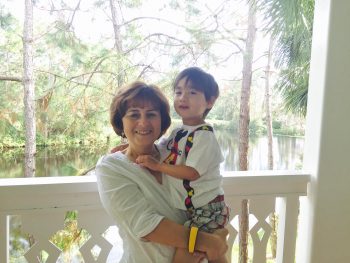 This week, I’m primarily wearing my Grandmother hat. It’s one I’m thrilled to have in my collection, and each summer when my son and his family come to visit, I plan my days around them. It means a lot of walks in the park, coloring, playing board games. It’s time spent in visits to museums and plays and the pool. There’s little time for writing or reading (anything other than The Berenstain Bears or Frog and Toad that is!)
This week, I’m primarily wearing my Grandmother hat. It’s one I’m thrilled to have in my collection, and each summer when my son and his family come to visit, I plan my days around them. It means a lot of walks in the park, coloring, playing board games. It’s time spent in visits to museums and plays and the pool. There’s little time for writing or reading (anything other than The Berenstain Bears or Frog and Toad that is!)
Still, I feel as if there is creative living inherent in all the things we do together. Instead of sitting at my desk, I’m outside in nature, exploring the world with a little person who sees everything with eyes of wonder and delight. Instead of writing chapters in a novel, I’m helping Connor make up stories about Ping Ping the bear and his friends Harvey and Duffy. Instead of practicing accompaniments, I’m playing and singing “Everybody Loves Saturday Night” or “This Train is Bound for Glory” while my grandson keeps time on the tupperware container that has been repurposed as a drum. All the while, I’m trying to capture these special moments in photographs I can use to create our annual Michigan Trip picture book that tells the story of each year’s vacation – a creative project I’ve been doing each year after the visit is over.
This is creative living, Grandma style.
 Most of us aren’t lucky enough to spend our days totally immersed in our creative endeavors, but it might be possible to wear a creative hat during parts of your day, no matter what it involves. Maybe it’s as simple as arranging fresh flowers in a vase on your desk at work, or setting the table for supper with different pieces of tableware found at resale shops and estate sales. Maybe it’s listening to classical music while you input data on your computer, or taking 15 or 20 minutes out of your lunch hour to write in a journal or capture some photographs or sketches around the office.
Most of us aren’t lucky enough to spend our days totally immersed in our creative endeavors, but it might be possible to wear a creative hat during parts of your day, no matter what it involves. Maybe it’s as simple as arranging fresh flowers in a vase on your desk at work, or setting the table for supper with different pieces of tableware found at resale shops and estate sales. Maybe it’s listening to classical music while you input data on your computer, or taking 15 or 20 minutes out of your lunch hour to write in a journal or capture some photographs or sketches around the office.
Here in the Sunday Salon, I write about the intersection of art and daily living – the way literature and music and art enhance my ordinary moments and invite me to live a more fulfilling life. My roles as a writer and a musician are important ones in the creative life I try to live. But caring for the people I love is an important role for me too. It’s one that is fulfilling in an entirely different way, and is even more so when I recognize the way I can bring my own creative gifts to bear within it.
It’s a hat that fits me quite comfortably, and I hope to wear it well for as long as possible.
About the Author: Becca Rowan
 Becca Rowan lives in Northville, Michigan with her husband and their two dogs. She is the author of Life in General, a book of personal and inspirational essays about the ways women navigate the passage into midlife. She is also a musician, and performs as a pianist and as a member of Classical Bells, a professional handbell ensemble. This week she’s busy being a grandmother – making cookies, reading stories, and going for walks in the park with her four-year old grandson, Connor. She loves to connect with readers at her blog, or on Facebook, Twitter, or Goodreads.
Becca Rowan lives in Northville, Michigan with her husband and their two dogs. She is the author of Life in General, a book of personal and inspirational essays about the ways women navigate the passage into midlife. She is also a musician, and performs as a pianist and as a member of Classical Bells, a professional handbell ensemble. This week she’s busy being a grandmother – making cookies, reading stories, and going for walks in the park with her four-year old grandson, Connor. She loves to connect with readers at her blog, or on Facebook, Twitter, or Goodreads.
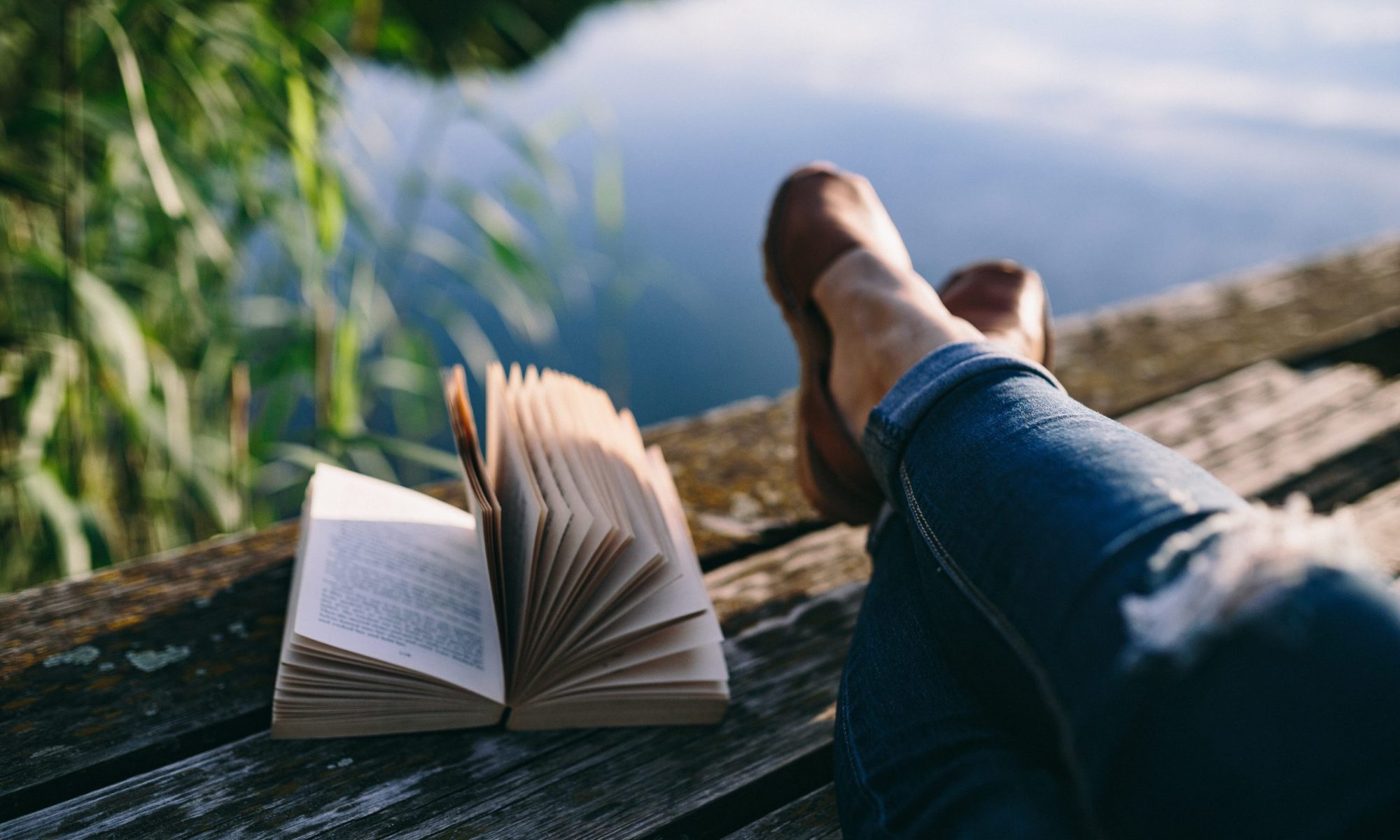



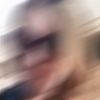

 I’m writing this at my summer house in Northern Michigan, tapping on my laptop in a document because I don’t have an internet connection.
I’m writing this at my summer house in Northern Michigan, tapping on my laptop in a document because I don’t have an internet connection.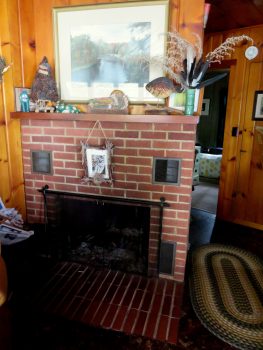
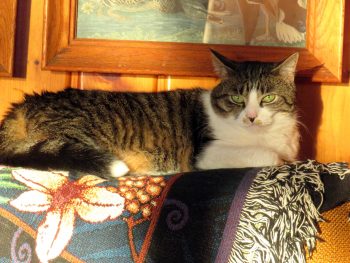
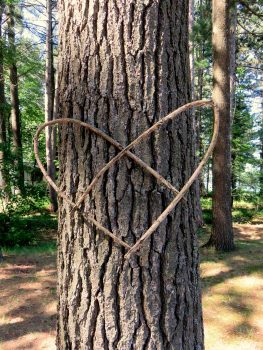
 After a long career in public broadcasting, Jeanie Croope is now doing all the things she loves — art, photography, writing, cooking, reading wonderful books and discovering a multitude of new creative passions. You can find her blogging about life and all the things she loves at
After a long career in public broadcasting, Jeanie Croope is now doing all the things she loves — art, photography, writing, cooking, reading wonderful books and discovering a multitude of new creative passions. You can find her blogging about life and all the things she loves at 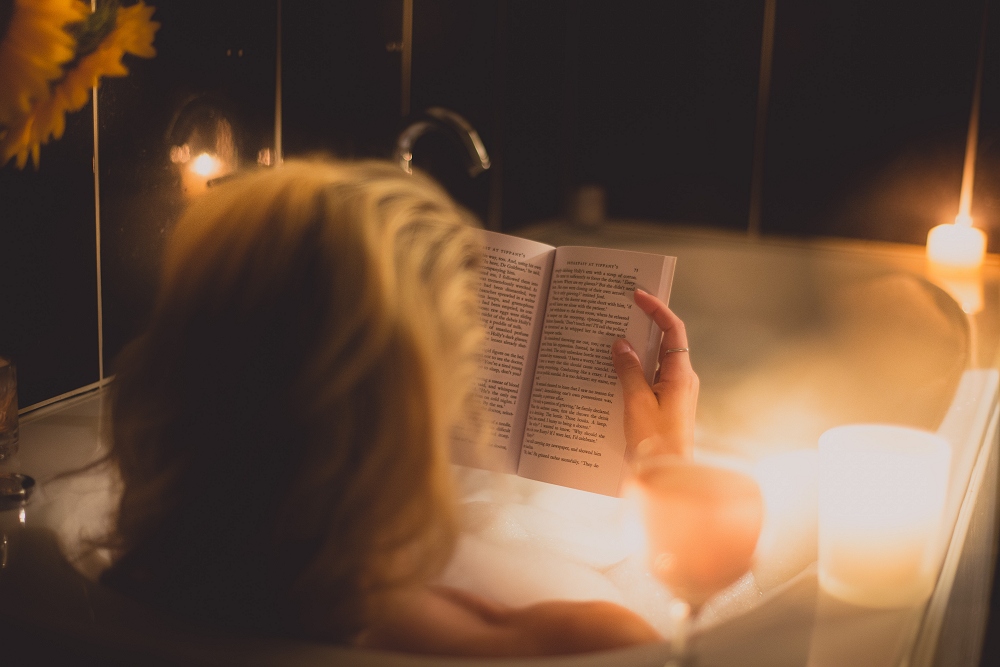
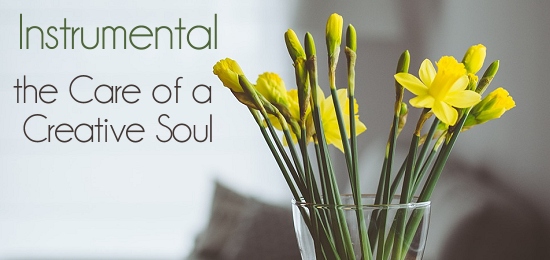
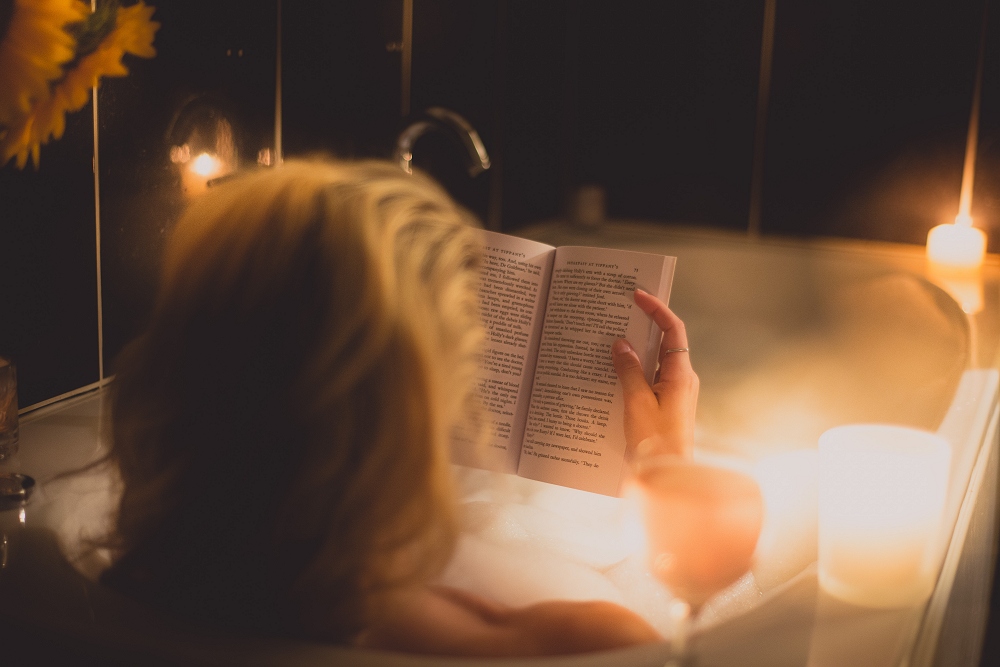
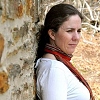 Andi Cumbo-Floyd is a writer, editor, and farmer, who lives on 15 blissful acres at the edge of the Blue Ridge Mountains with her husband, 6 goats, 4 dogs, 4 cats, and 22 chickens. Her books include Steele Secrets, The Slaves Have Names, and Writing Day In and Day Out. You can connect with Andi at
Andi Cumbo-Floyd is a writer, editor, and farmer, who lives on 15 blissful acres at the edge of the Blue Ridge Mountains with her husband, 6 goats, 4 dogs, 4 cats, and 22 chickens. Her books include Steele Secrets, The Slaves Have Names, and Writing Day In and Day Out. You can connect with Andi at 
 For the first time in too many years
For the first time in too many years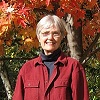 Patricia Wellingham-Jones is a widely published former psychology researcher and writer/editor. She has a special interest in healing writing, with poems recently in The Widow’s Handbook (Kent State University Press). Chapbooks include Don’t Turn Away: poems about breast cancer, End-Cycle: poems about caregiving, Apple Blossoms at Eye Level, Voices on the Land and Hormone Stew.
Patricia Wellingham-Jones is a widely published former psychology researcher and writer/editor. She has a special interest in healing writing, with poems recently in The Widow’s Handbook (Kent State University Press). Chapbooks include Don’t Turn Away: poems about breast cancer, End-Cycle: poems about caregiving, Apple Blossoms at Eye Level, Voices on the Land and Hormone Stew.
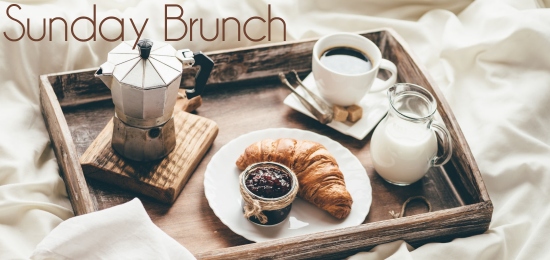

 Melissa is a writer, voice actor, podcaster, itinerant musician, voracious reader, and collector of hats and rescue dogs. She is the author of
Melissa is a writer, voice actor, podcaster, itinerant musician, voracious reader, and collector of hats and rescue dogs. She is the author of 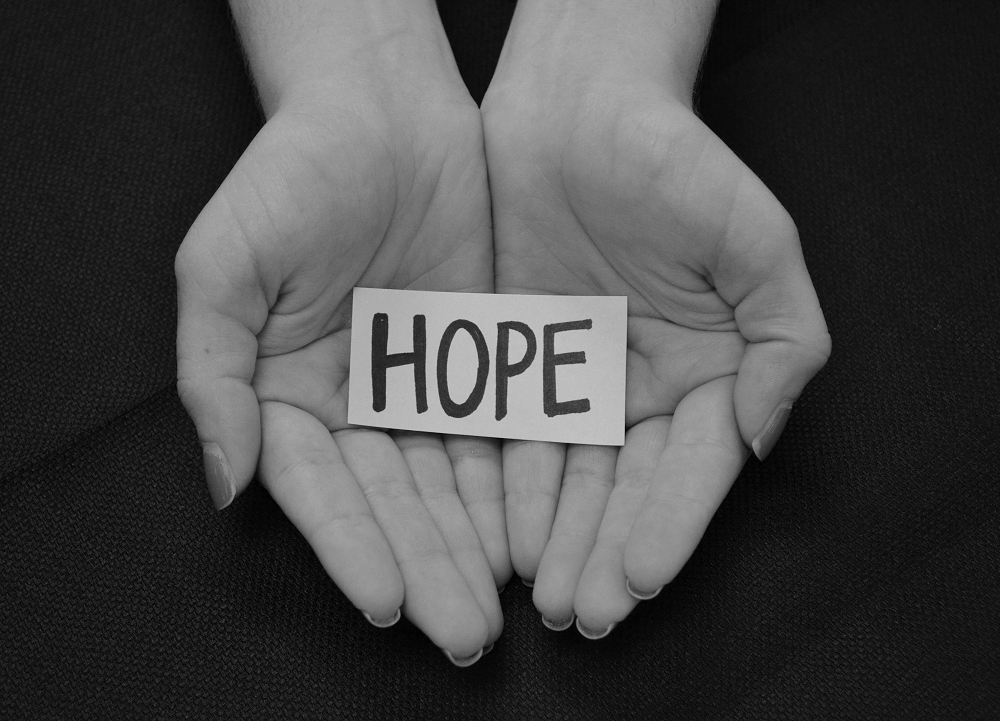
 the child’s larger-than-life desire is subverted by mysterious obstacles, by a mysterious “No.”
the child’s larger-than-life desire is subverted by mysterious obstacles, by a mysterious “No.”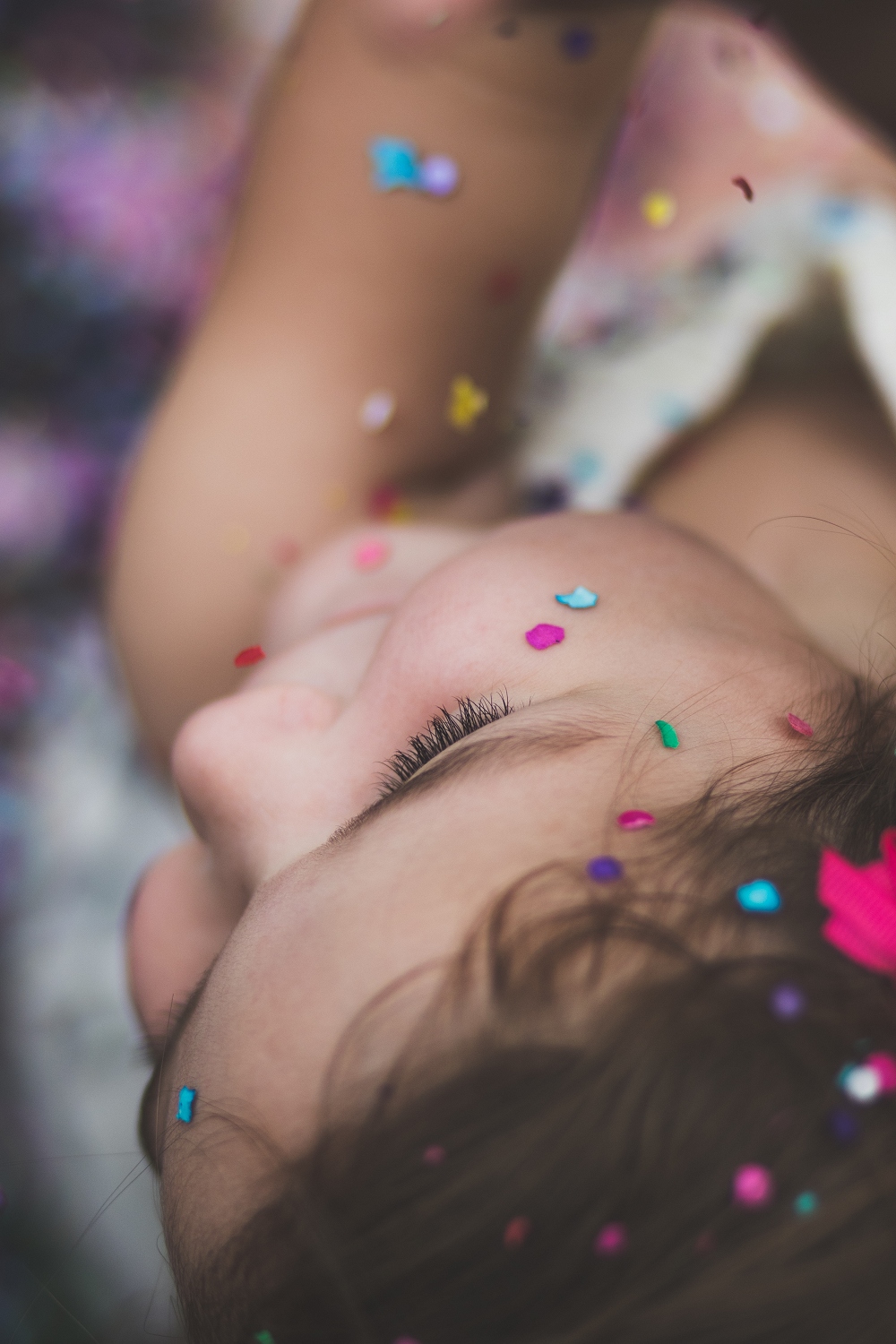 frustrated if we engage with them.
frustrated if we engage with them.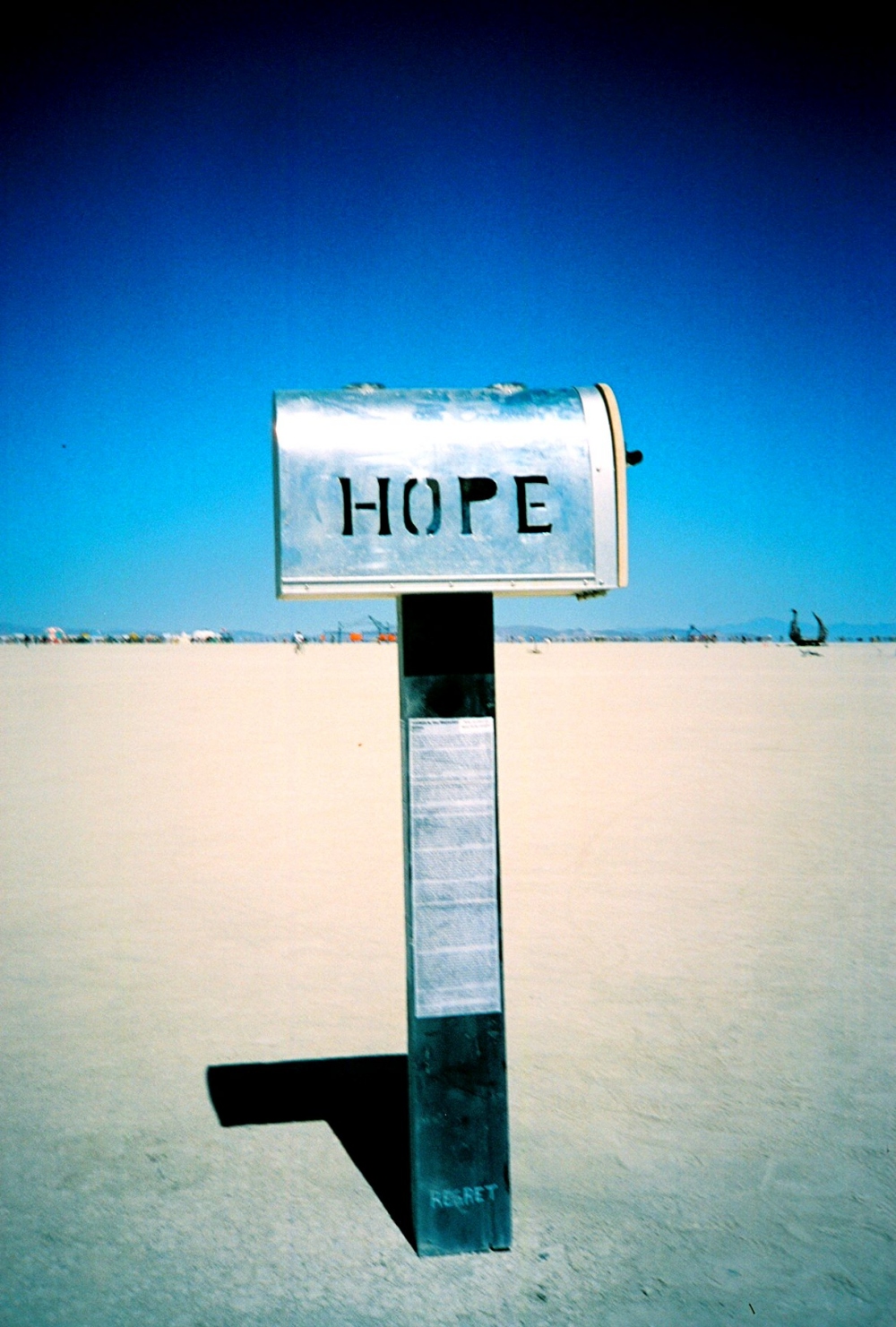 look at these things dead on, to descend into them, to learn from them what we will, be changed in the ways we are, and then come back to bright and the beautiful, back to land, back to air and sky – different and yet whole, hurt in some ways, and yet healed too, scarred by what we have seen and heard and felt and made holy by those scars.
look at these things dead on, to descend into them, to learn from them what we will, be changed in the ways we are, and then come back to bright and the beautiful, back to land, back to air and sky – different and yet whole, hurt in some ways, and yet healed too, scarred by what we have seen and heard and felt and made holy by those scars.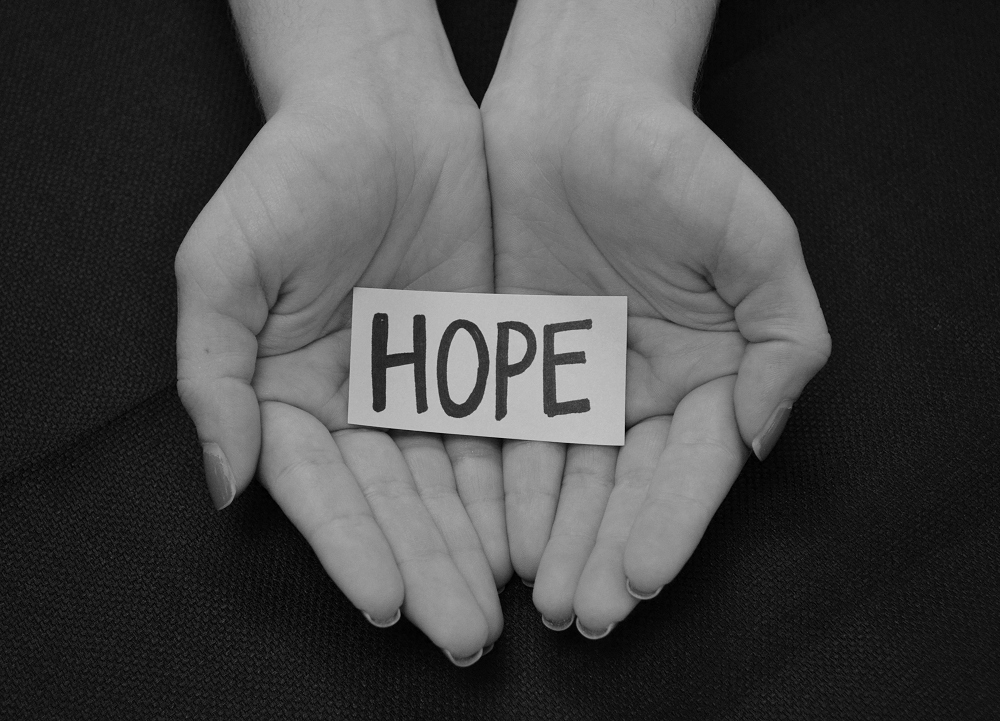
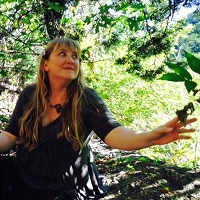 Hi, I’m Briana! I am a
Hi, I’m Briana! I am a 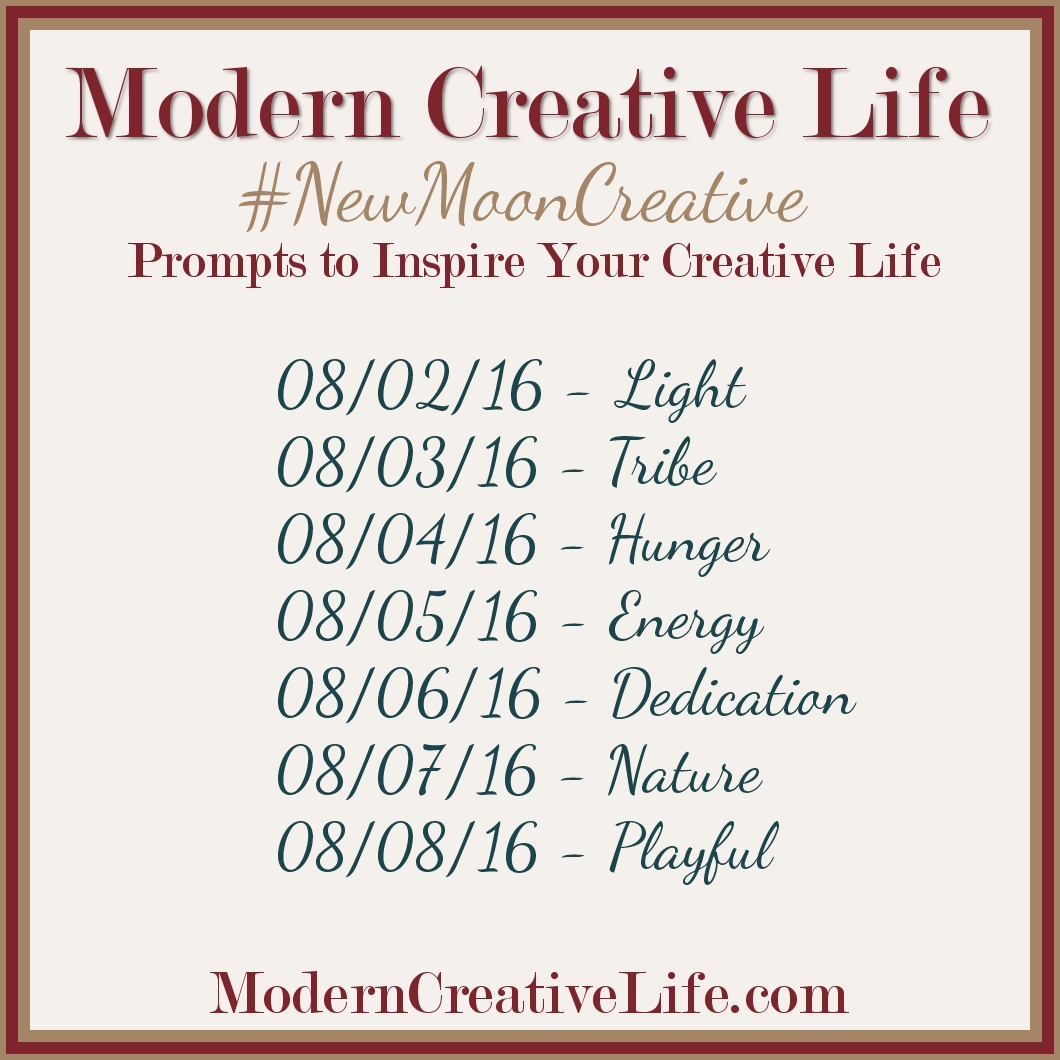
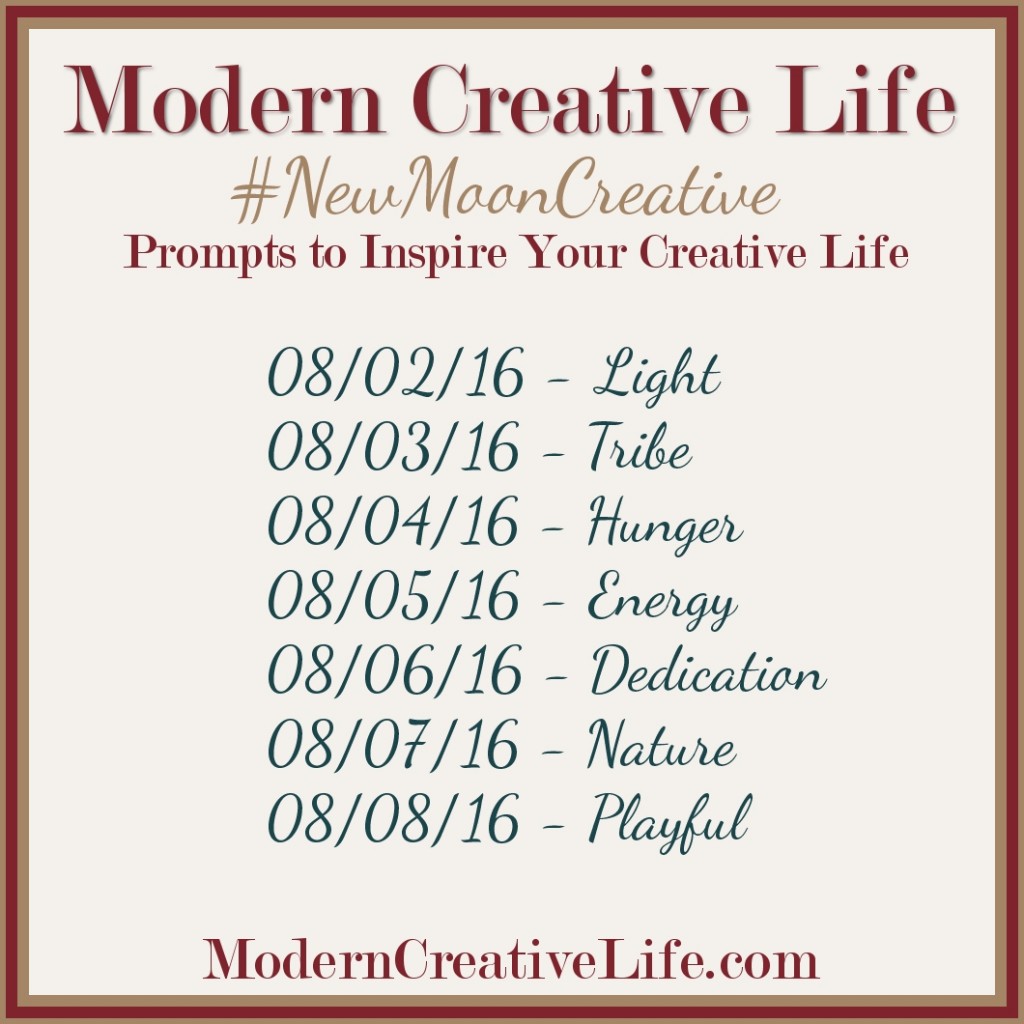


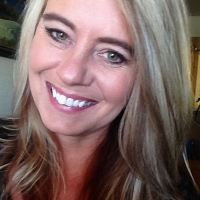 Lisa Zaran is the author of eight collections of poetry including Dear Bob Dylan, If It We, The Blondes Lay Content and the sometimes girl. She is the founder and editor of
Lisa Zaran is the author of eight collections of poetry including Dear Bob Dylan, If It We, The Blondes Lay Content and the sometimes girl. She is the founder and editor of 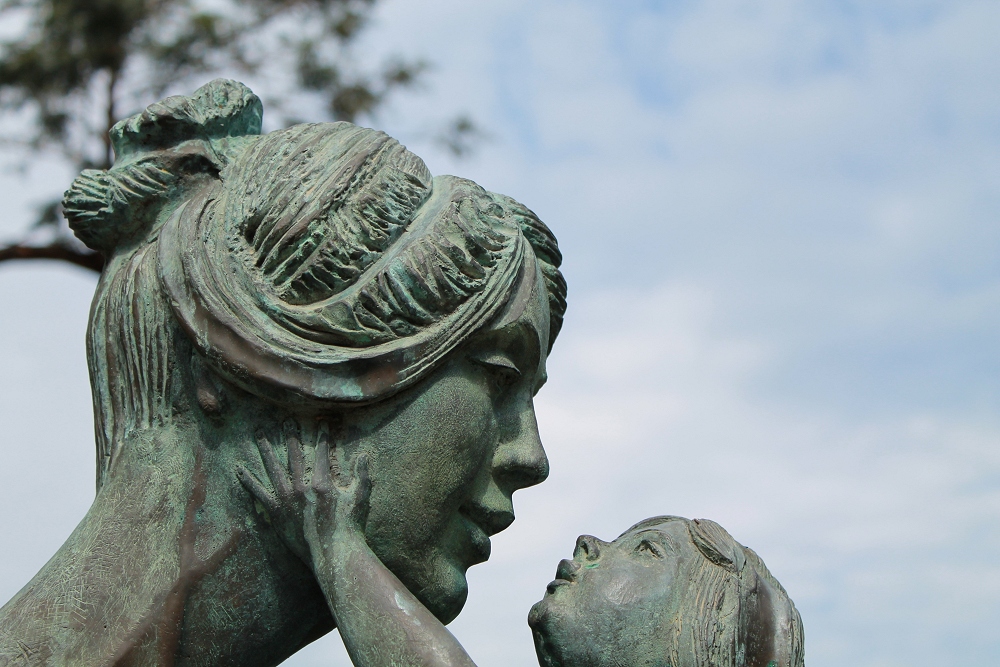
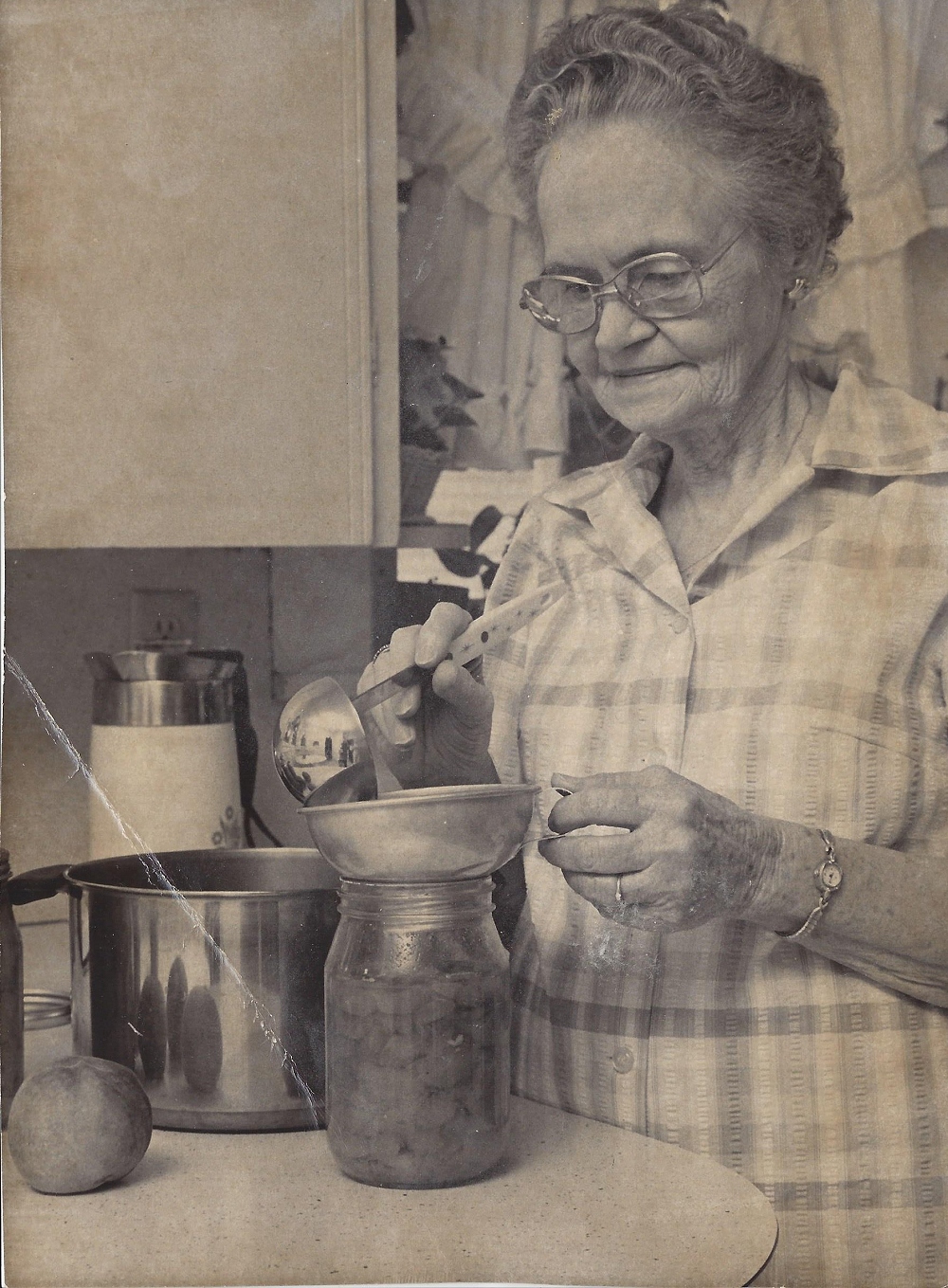 garage.
garage.